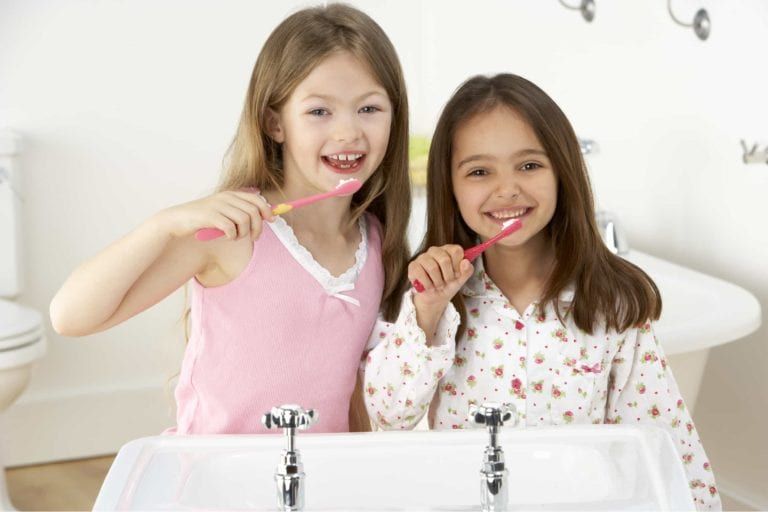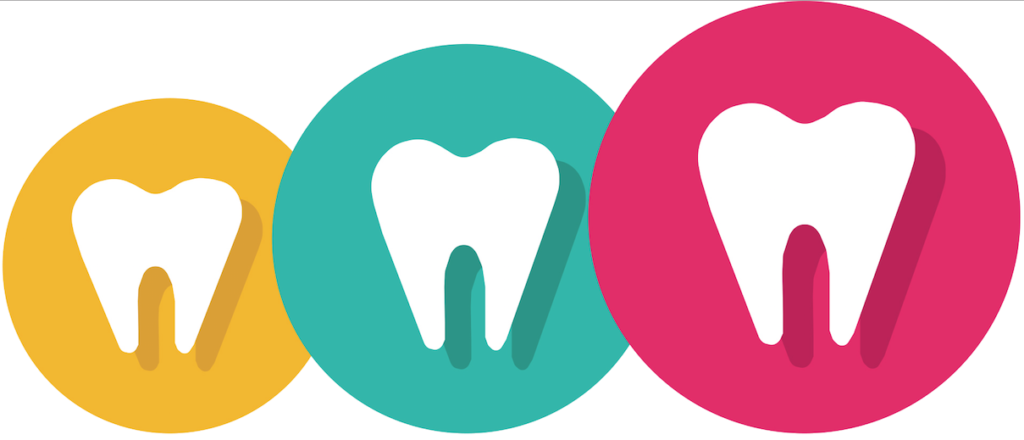
Cavity Prevention - Help Keep Decay Away
Your child can start brushing and flossing on his/her own at around age 7. If he / she can tie his / her own shoes, changes are he’s / she’s ready to brush also. He / she should now brush for two minutes. Look for good and plaque around the gum line of his / her teeth to see whether he’s / she’s doing a sufficient job.
The American Academy of Pediatric Dentistry (AAPD) recommends using only soft-bristled toothbrushes. Also, remember to throw out a toothbrush after 3 months or sooner if the bristles are fraying. Frayed bristles can harm the gums and are not as effective in cleaning teeth. Studies have found that manual toothbrushes and are just effective as powered ones. But if letting your kid use an electric or battery-operated one makes it easier for him / her to brush, go for it.
It is recommended that children use fluoride toothpaste. Fluoride toothpaste is strongly suggested for most children, but especially those prone to tooth decay.
Flossing should also be encouraged at this age once per day between teeth where there’s no longer spacing.
You can let him / her chew gym with Xylitol.
Based our experience with our children, we highly recommend this wonderful list of books to read with your children leading to the appointments:
The Tooth Book: A Guide to Healthy Teeth and Gums
Pete the Cat and the Lost Tooth (My First I Can Read)
The Night Before the Tooth Fairy
Tooth Fairy’s Night
Maisy, Charley and the Wobbly Tooth
The Guide to a Preschooler's / Kindergartener's Diet
A balanced diet for kids is essential in building strong and healthy teeth and smiles. Apart from other important vitamins and minerals, your child’s meal should have plenty of calcium and Vitamin D and the right amount of fluoride. Calcium helps strengthen the bones, with Vitamin D increasing mineral absorption. Fluoride, on the other hand, offers protection against tooth decay.
Limiting sugar – which bacteria need in order to survive – is the number-one way to prevent cavities. It’s actually the frequency, not the total quantity of sugar consumption, that matters most. That’s because repeatedly exposing the teeth to sugar prevents saliva, the body’s natural tooth cleanser, from doing its job.
Starchy carbohydrates like crackers and cereal and sticky foods such as raisins can also promote decay.
Fruit juice (even diluted), as well as breast milk and formula, bathe the teeth in sugar. In fact, early dental caries “baby-bottle tooth decay” because it often occurs in children who drink milk or juice during the night – allowing sugar to sit on the teeth for 10 to 12 hours.
Did you know recent research shows cheese is one of the healthiest snacks for your child’s teeth? In addition to providing large amounts of much-needed calcium, cheese also does its part to fight cavities. Cheddar, Swiss, mozzarella, and Monterey jack all stimulate the body’s salivary glands to clear the mouth of debris and protect teeth from acids that weaken them. This means cheese disrupts the development of cavities, especially when eaten as a snack or at the end of a meal. Calcium and phosphorous found in cheese reduce or prevent decreases in the plaque’s ph level and work to re-mineralize the enamel of your child’s teeth.

